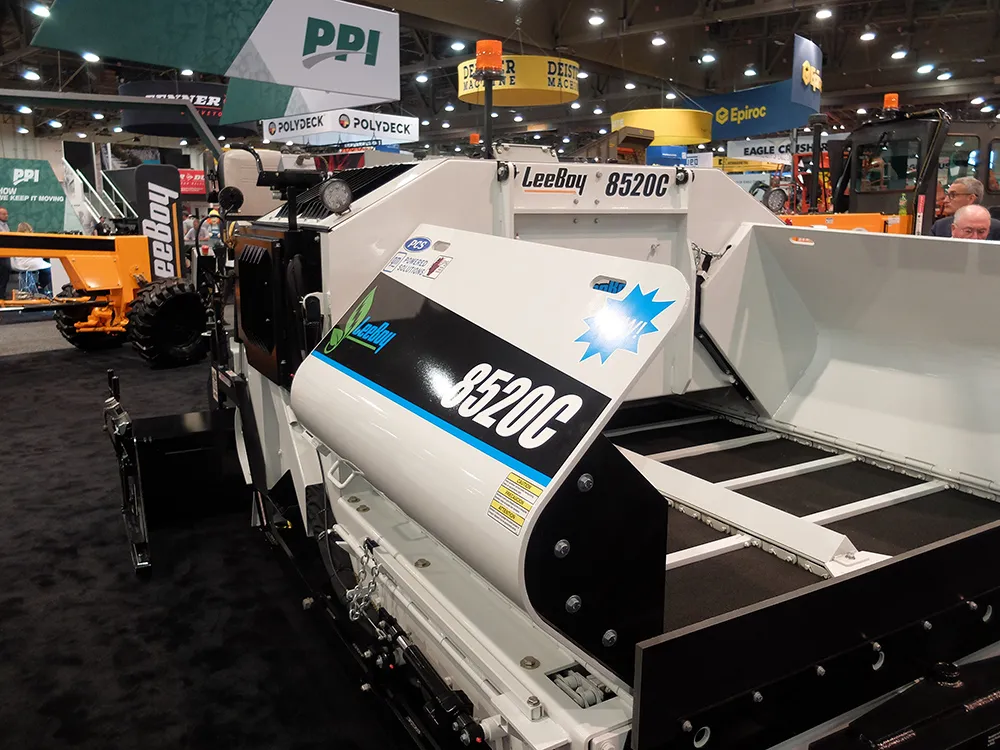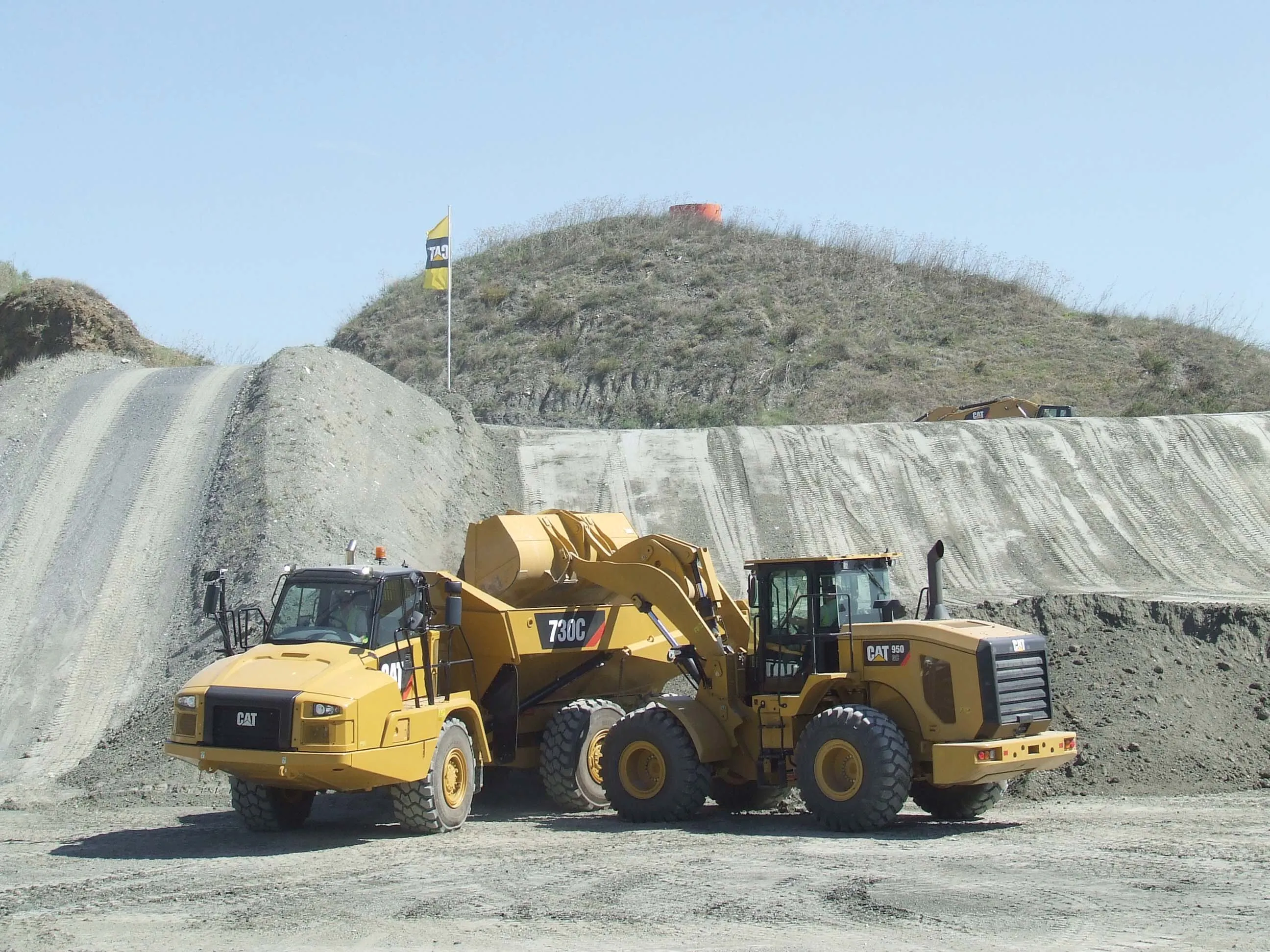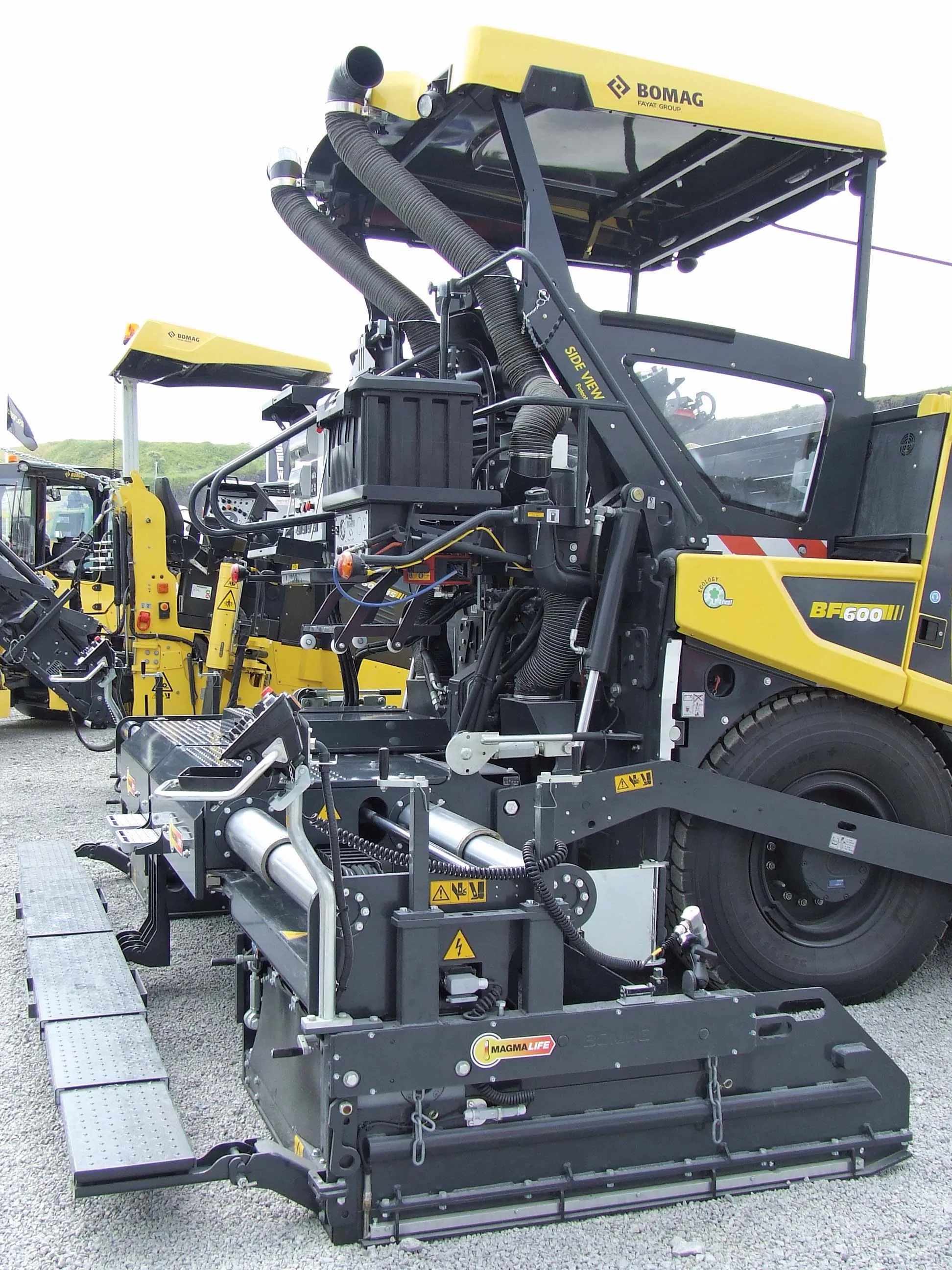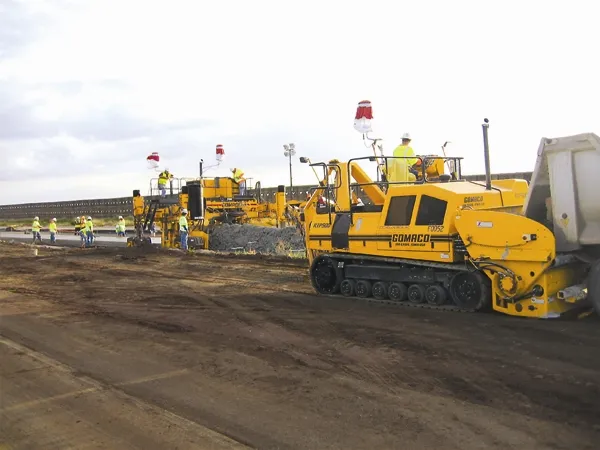Roadtec is unveiling its new MTV-1100e material transfer vehicle. The firm says that the new model has been designed from the ground up using experience developing MTVs, combined with customer feedback. It will not replace the existing and well-proven 2500 Shuttle Buggy, but will instead broaden the firm’s offering for the material transfer vehicle (MTV) market.
The machine is being developed as an evolution of the firm’s MTV-1100e feeder model however and will not feature the remixing capability of the S
May 22, 2018
Read time: 2 mins
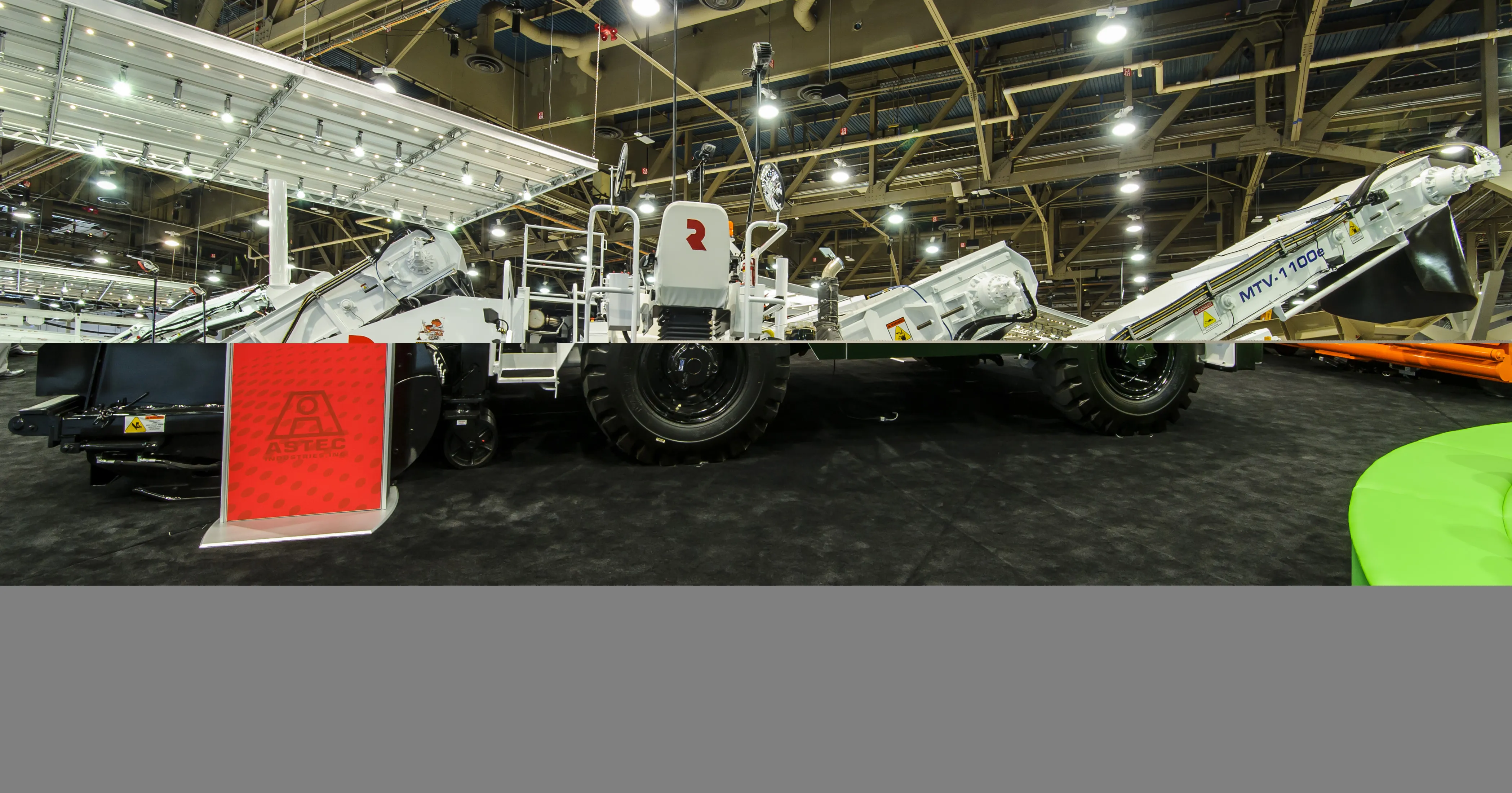
The machine is being developed as an evolution of the firm’s MTV-1100e feeder model however and will not feature the remixing capability of the Shuttle Buggy. Instead it will be a simpler system designed purely as a feeder unit and this launch is intended to widen the firm’s product offering.
Power comes from a
The machine offers a low, machine-height profile, designed to keep the operator closer to the ground. The low height is said to provide the operator with a clear view of the surroundings and to communicate with the ground crew. A dual staircase with handrails flanks the machine, allowing workers to cross the paving train instead of between the machines.


